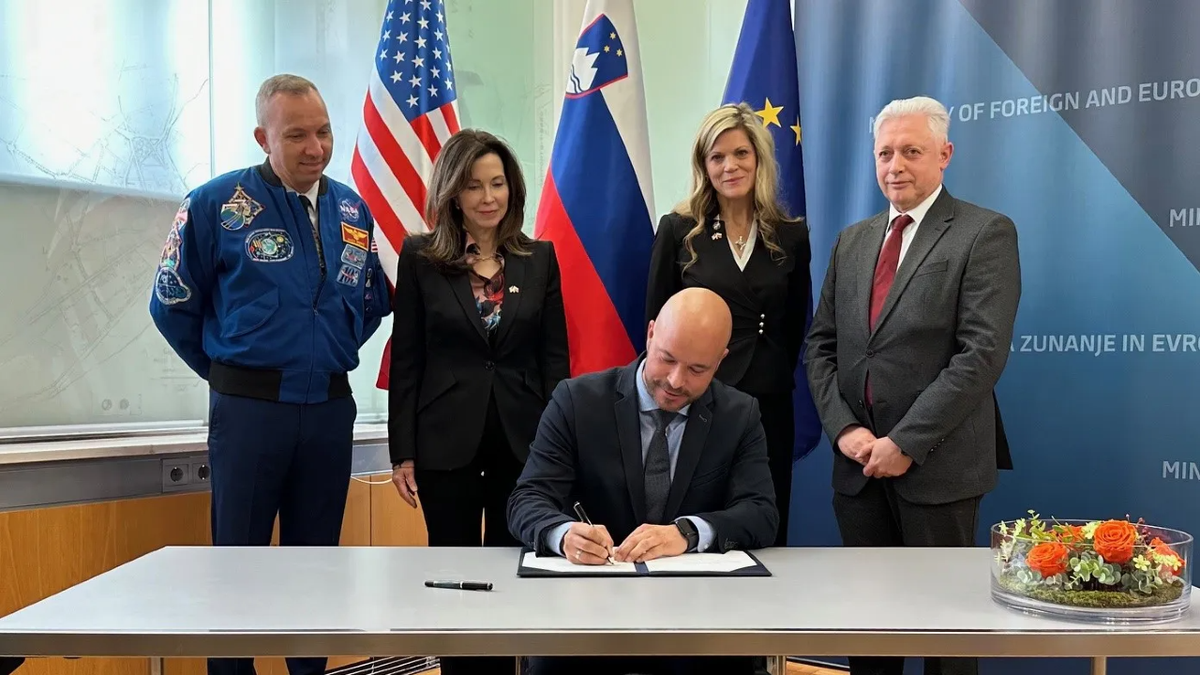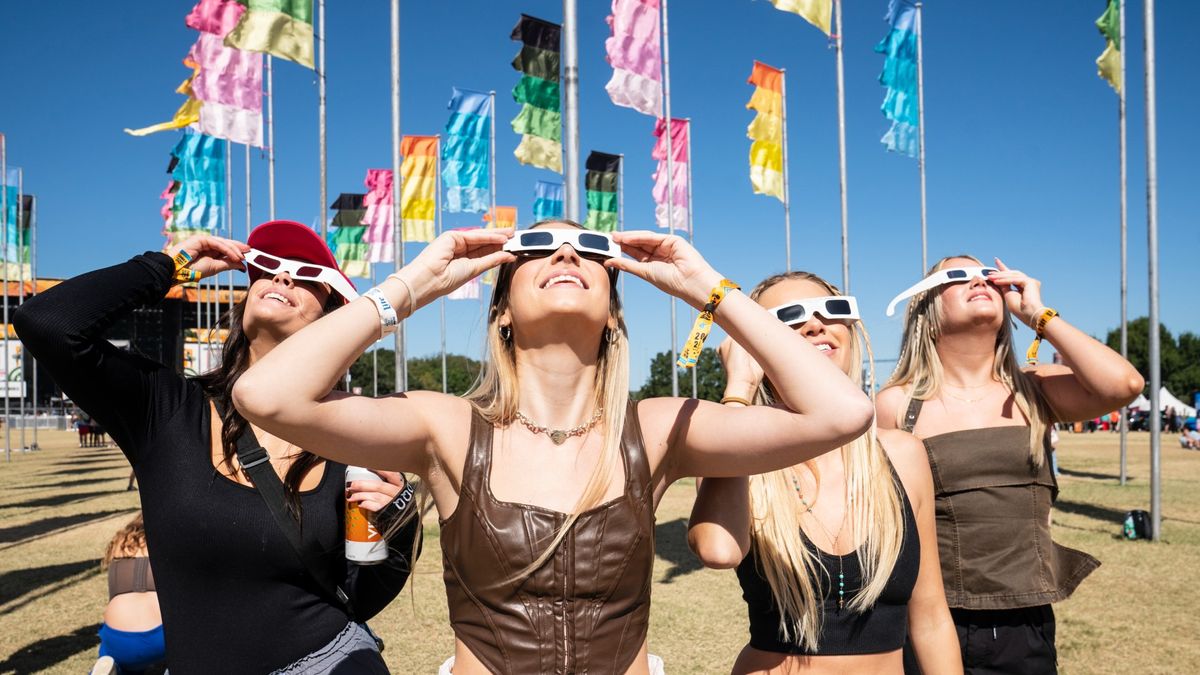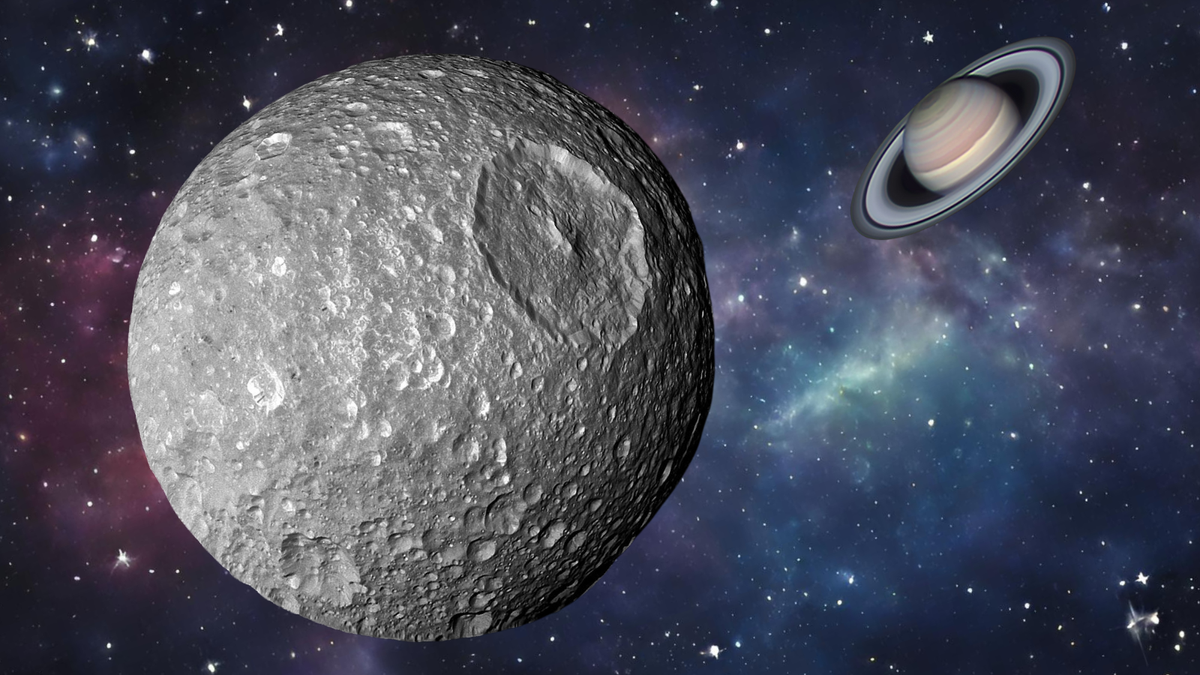The James Webb Space Telescope Investigates Auroras on Saturn and Uranus
Two separate teams of astronomers at the University of Leicester are preparing to harness the capabilities of the James Webb Space Telescope (JWST) to explore the mesmerizing auroras present on the gas giants Saturn and Uranus. This endeavor aims to delve into the intricate processes responsible for generating these polar light displays on distinct planets.
“The JWST has revolutionized our perception of the cosmos, ranging from our solar system, our immediate celestial neighborhood, to the ancient galaxies that emerged at the dawn of time,” expressed Henrik Melin, from the University of Leicester School of Physics and Astronomy, who is heading the Uranus investigation. “Securing time on this extraordinary observatory fills me with excitement, and the data gathered will fundamentally reshape our comprehension of both Saturn and Uranus.”
Understanding Auroras
Auroras, popularly observed on Earth as the captivating Northern Lights and Southern Lights, manifest when charged particles from the sun’s solar wind interact with our planet’s magnetic field, resulting in luminous displays in polar regions. When solar activity escalates with coronal mass ejections, auroras become more pronounced and extend to lower latitudes on Earth.
Despite prior sightings of auroras on other planets within our solar system, there exists limited knowledge regarding these extraterrestrial light exhibitions.
Exploring Uranus’s Auroras
Uranus, an ice giant characterized by an atmosphere comprised of water, ammonia, and methane, remains enigmatic in terms of its auroras. Just recently, after thirty years of exploration, researchers at the University of Leicester confirmed the presence of an infrared aurora encircling Uranus. The peculiar tilt of Uranus, resulting from a significant past collision, positions its poles directly facing and away from the sun, setting the stage for distinctive auroral displays.
Through the forthcoming JWST observation of Uranus, the investigative team will assess the hypothesis that these alien auroras contribute to sustaining the planet’s unexpectedly high temperatures. The study aims to uncover the mechanism behind the gas giant’s unanticipated warmth, potentially elucidating the role of energetic auroras in redistributing heat throughout Uranus.
Investigating Saturn’s Auroras
Concurrently, the JWST mission led by Boston University Center for Space Physics scientist Luke Moore will focus on scrutinizing Saturn’s northern auroral region. By monitoring the atmospheric temperatures during a complete 10.6-hour Saturnian day, researchers anticipate shedding light on the origins of the charged particles within Saturn’s atmosphere that fuel its auroras.
Both projects will leverage the JWST’s Near-Infrared Camera (NIRCam) instrument to capture detailed insights into the auroral activities on Saturn and Uranus. These endeavors hold the potential to elucidate the mechanisms driving auroras within our solar system, with implications extending to exoplanets beyond our cosmic realm.
“Analyzing Uranus’s auroras, which intimately tie into the planet’s magnetic field and atmosphere, enables us to make inferences about the atmospheres and magnetic fields of analogous exoplanets,” affirmed Emma Thomas, Ph.D. student at the University of Leicester. Such investigations pave the way for understanding the habitability of distant worlds reminiscent of Neptune and Uranus.
Image/Photo credit: source url





